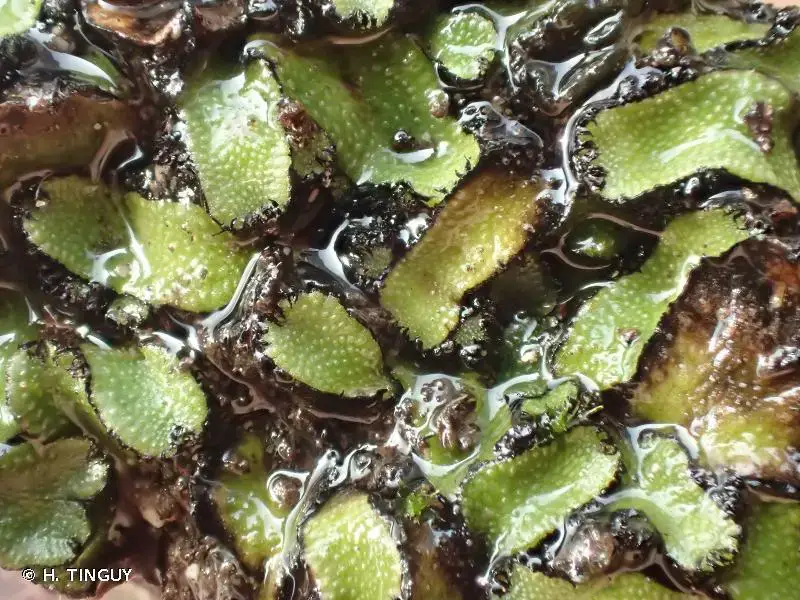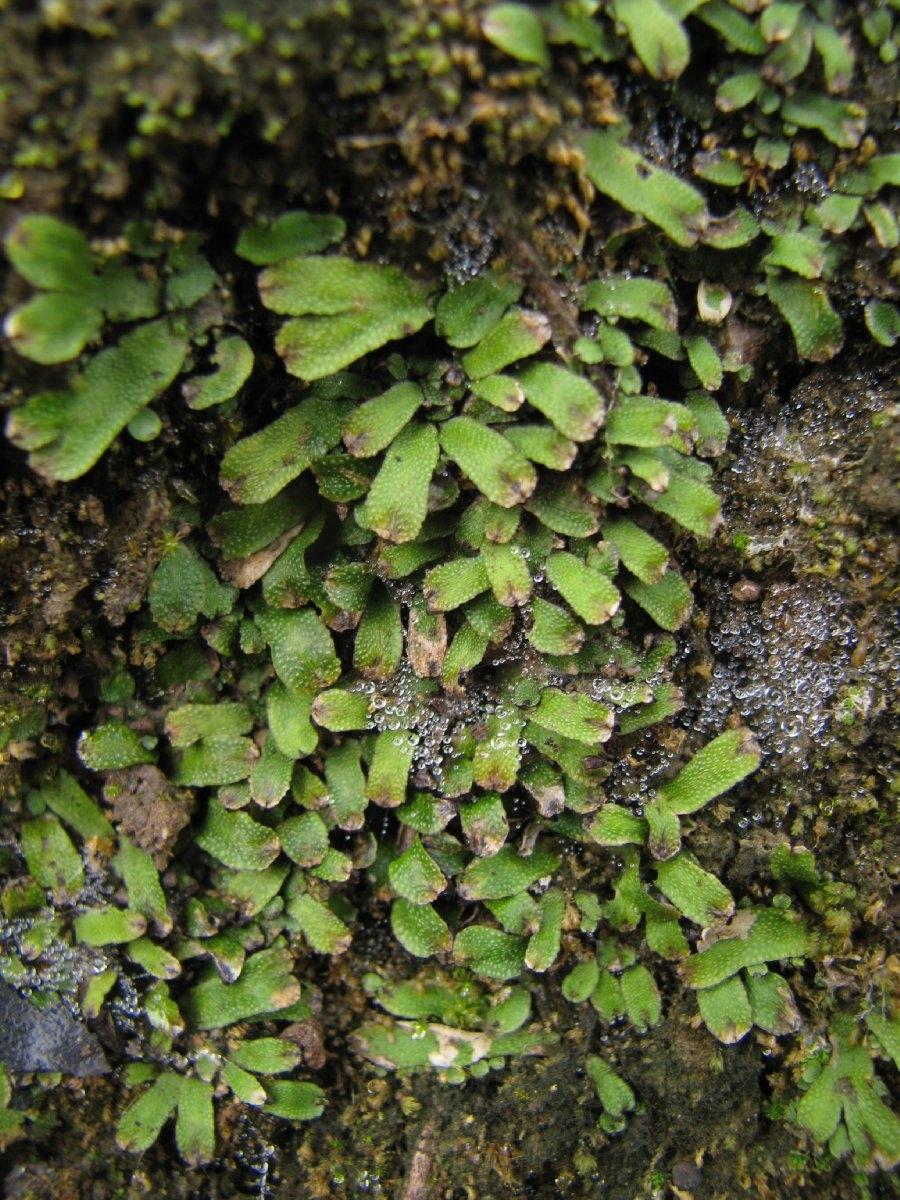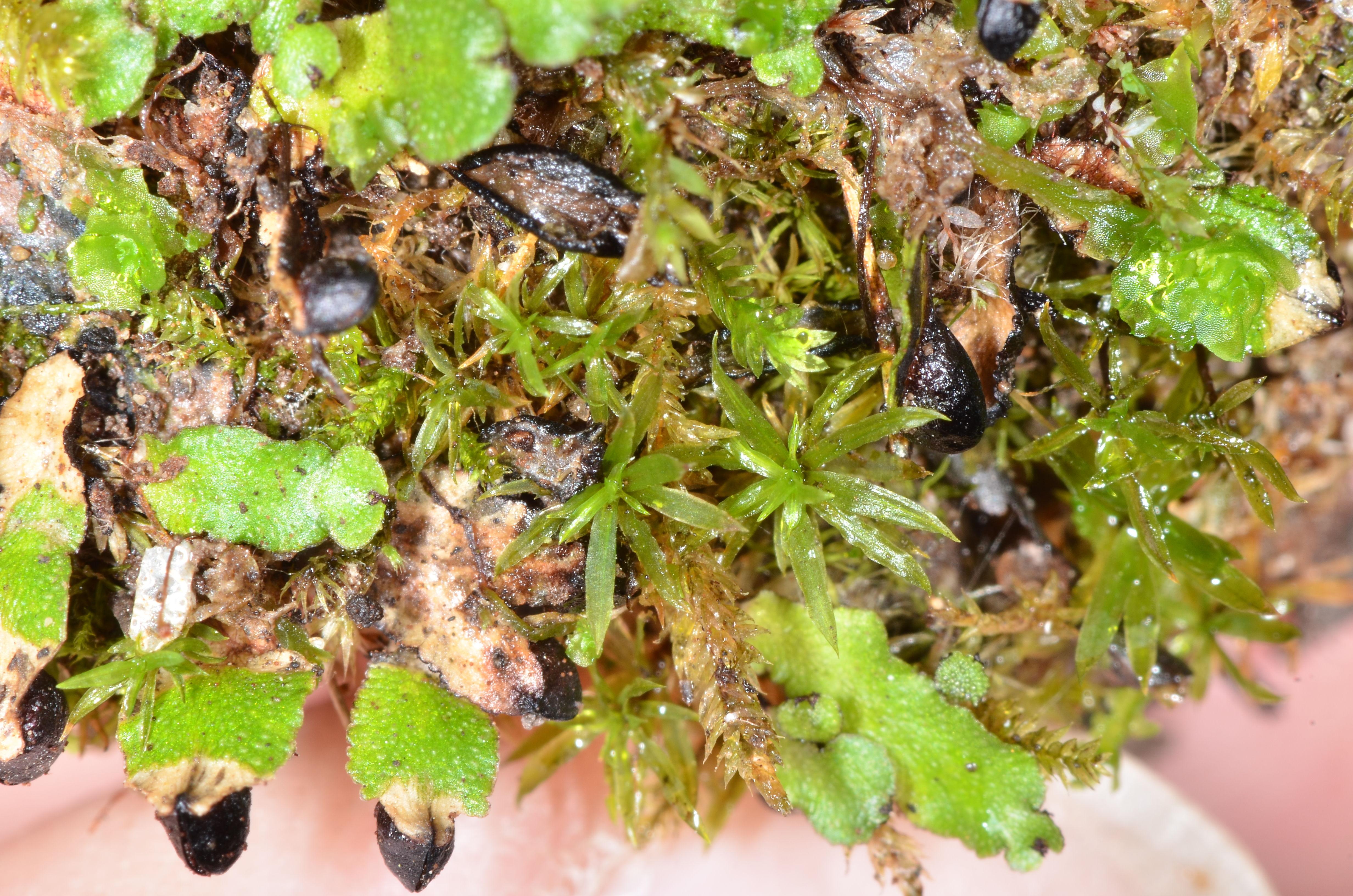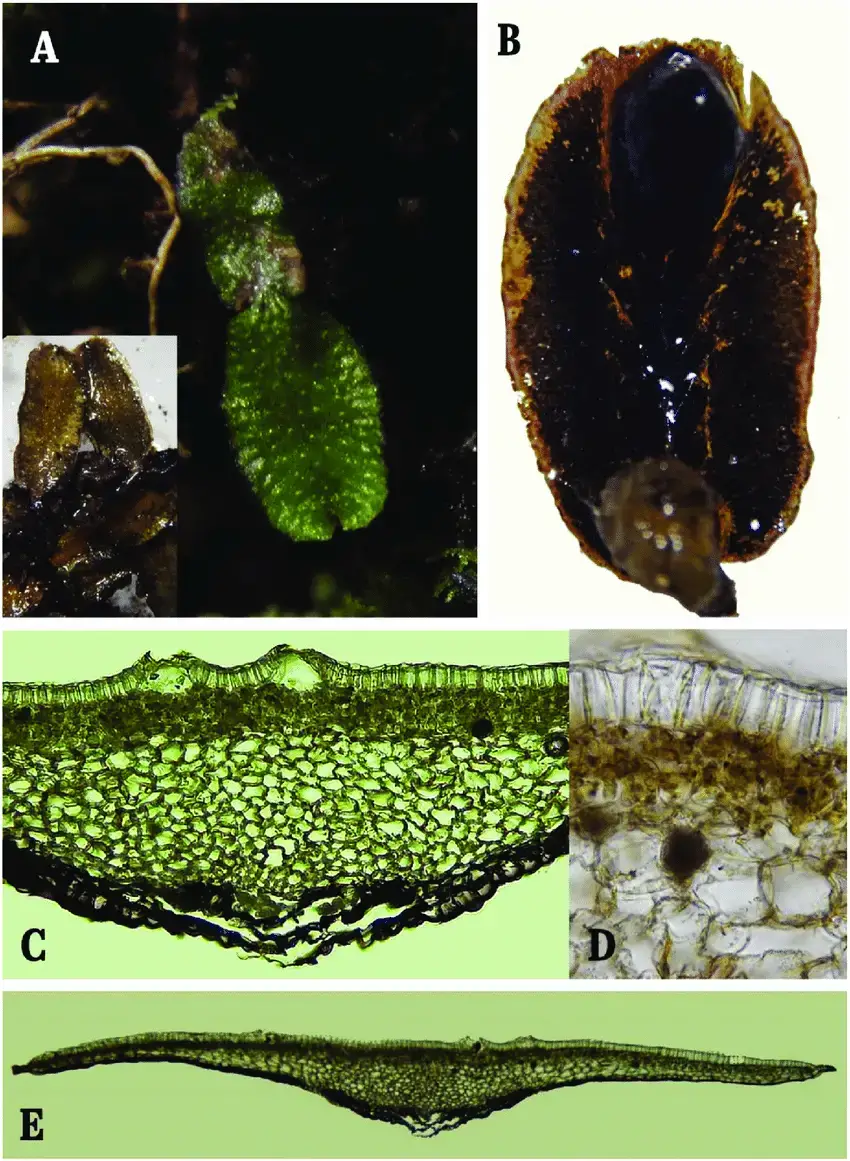
b56b6c8c17cc8a6cd156bc2a2bc5f7aa.jpg from: https://www.pinterest.com/pin/358317714084969825/

Targionia-hypophylla-L.-317854.jpg from: https://www.biodiversidadvirtual.org/herbarium/Targionia-hypophylla-L.-img317854.html
Introduction
In the vast and captivating world of bryophytes, one particular moss species stands out for its unique charm and ecological significance – the Targionia hypophylla L. moss. Belonging to the Targioniaceae family, this unassuming yet fascinating plant has captured the hearts of moss enthusiasts worldwide. Let’s delve into the intriguing realm of this remarkable moss and uncover its secrets.
Background
Before we explore the wonders of Targionia hypophylla L., it’s essential to understand its place within the Marchantiophyta division, also known as liverworts. Despite its name, this moss is not a true moss but rather a complex thalloid liverwort, a group of plants that bridge the gap between bryophytes and vascular plants.
Main Content
Morphology and Identification

549.BI-image-53307.jpg from: https://eol.org/pages/600337
Targionia hypophylla L. is a thalloid liverwort that forms intricate, flat, and ribbon-like structures called thalli. These thalli are typically green to

235836.jpg from: https://inpn.mnhn.fr/espece/cd_nom/6141
brownish-green in color and can grow up to 5 cm in length. One of the most distinctive features of this moss is the presence of conspicuous purple or blackish scales on the underside of the thalli, which aid in water absorption and anchoring the plant to its substrate.
Global Distribution and Habitat
This remarkable moss has a widespread distribution, found on almost every continent except Antarctica. It thrives in a variety of habitats, including disturbed areas, grasslands, coastal dunes, and even urban environments. Targionia hypophylla L. is particularly well-adapted to dry and nutrient-poor conditions, making it a true survivor in harsh environments.
Ecological Roles and Adaptations
Despite its diminutive size, Targionia hypophylla L. plays a crucial role in various ecosystems. It acts as a pioneer species, colonizing bare and disturbed areas, and facilitating the establishment of other plant species. Additionally, this moss contributes to soil formation and erosion control, thanks to its ability to bind soil particles and retain moisture.
One of the remarkable adaptations of Targionia hypophylla L. is its ability to survive desiccation. During dry periods, the thalli can curl up and enter a dormant state, only to revive and resume growth when moisture becomes available again. This incredible resilience allows the moss to thrive in environments where water is scarce.
Case Studies/Examples
In a study conducted in the Mediterranean region, researchers found that Targionia hypophylla L. played a crucial role in stabilizing soil and preventing erosion in areas affected by overgrazing and deforestation. Its ability to rapidly colonize disturbed areas and bind soil particles made it an invaluable ally in ecosystem restoration efforts.
Technical Table

158151.jpg from: https://www.calflora.org/app/taxon?crn=12922

Targionia-hypophylla-dry-0417.jpg from: https://www.britishbryologicalsociety.org.uk/learning/species-finder/targionia-hypophylla/
| Characteristic | Description |
|---|---|
| Division | Marchantiophyta (Liverworts) |
| Class | Marchantiopsida
 76226_orig.jpg from: https://idfg.idaho.gov/species/taxa/35744 |
| Order | Targioniales
 Targionia-hypophylla-L-A-Vista-macroscopica-talo-alargado-verde-oscuro-40-B.png from: https://www.researchgate.net/figure/Targionia-hypophylla-L-A-Vista-macroscopica-talo-alargado-verde-oscuro-40-B_fig4_348303329 |
| Family | Targioniaceae |
| Genus | Targionia |
| Species | Targionia hypophylla L. |
| Common Name | Targionia moss |
| Thallus Structure | Ribbon-like, flat, green to brownish-green |
| Distinctive Feature | Conspicuous purple or blackish scales on the underside |
| Habitat | Disturbed areas, grasslands, coastal dunes, urban environments |
| Distribution | Widespread, found on almost every continent except Antarctica |
| Ecological Role | Pioneer species, soil formation, erosion control |
| Adaptation | Desiccation tolerance, dormancy during dry periods |
Conclusion
The Targionia hypophylla L. moss, a member of the Targioniaceae family, is a true marvel of nature. Its ability to thrive in harsh environments, its role in ecosystem restoration, and its unique morphological features make it a fascinating subject of study for moss enthusiasts and ecologists alike. As we continue to explore the intricate world of bryophytes, this unassuming moss serves as a reminder of the incredible diversity and resilience found in even the smallest of organisms.
Ponder this: In a world where environmental challenges are ever-present, could the remarkable adaptations of Targionia hypophylla L.

235840.jpg from: https://inpn.mnhn.fr/espece/cd_nom/6141?lg=en
hold the key to developing sustainable solutions for ecosystem restoration and conservation?

218-l-3.jpg from: http://www.wildflowers.co.il/hebrew/picture.asp?ID=19157